Introduction: The Myth of Unlimited Coverage
Walkie-talkies have been a trusted communication tool for decades, valued for their simplicity and reliability. But do they really work anywhere? The answer depends on several factors, including terrain, device specifications, and usage scenarios. Let’s dive into what makes walkie-talkies effective and where their limits lie.
Understanding Walkie-Talkie Functionality
Walkie-talkies operate on radio frequencies, either through:
• FRS (Family Radio Service): Ideal for short-range communication, typically up to 1-2 miles.
• GMRS (General Mobile Radio Service): Offers a longer range but requires a license in some regions.
Unlike cellular devices, walkie-talkies don’t rely on network towers, making them invaluable in areas with no cellular coverage.
Factors That Affect Walkie-Talkie Range
1. Terrain:
• Open fields, flat landscapes, and water surfaces: Best performance, often reaching the manufacturer’s advertised range.
• Urban environments: Buildings and obstructions reduce range significantly.
• Dense forests or mountains: Natural barriers can limit effectiveness.
2. Device Specifications:
• Power output: Higher wattage generally means better range.
• Antenna quality: A strong, high-quality antenna enhances signal clarity and range.
3. Weather Conditions:
• Clear skies: Improve signal transmission.
• Heavy rain or storms: May weaken communication range.
Where Walkie-Talkies Excel
• Outdoor Adventures: Hiking, camping, or skiing in areas without cell service.
• Emergency Situations: Reliable for disaster communication when networks fail.
• Work Environments: Construction sites, warehouses, and event coordination.
• Family Activities: Theme parks, road trips, or large gatherings to keep everyone connected.
Where Walkie-Talkies Face Challenges
• Underground Areas: Subways or deep basements block signals.
• High-Density Urban Areas: Skyscrapers and interference from other electronics can disrupt communication.
• Extremely Remote Locations: While still effective, the range may not match the needs of vast, uninhabited landscapes.
Tips to Maximize Walkie-Talkie Performance
• Opt for devices with high power output and long-range capabilities.
• Use repeaters to extend range in challenging terrains.
• Position yourself in open spaces for clearer signals.
Conclusion: Reliable, But Not Boundless
Walkie-talkies are an indispensable tool for reliable communication, particularly in areas where cellular networks fall short. However, their performance is influenced by terrain, device quality, and environmental factors. While they don’t work everywhere, with the right model and settings, walkie-talkies can be a trusted companion in most situations.


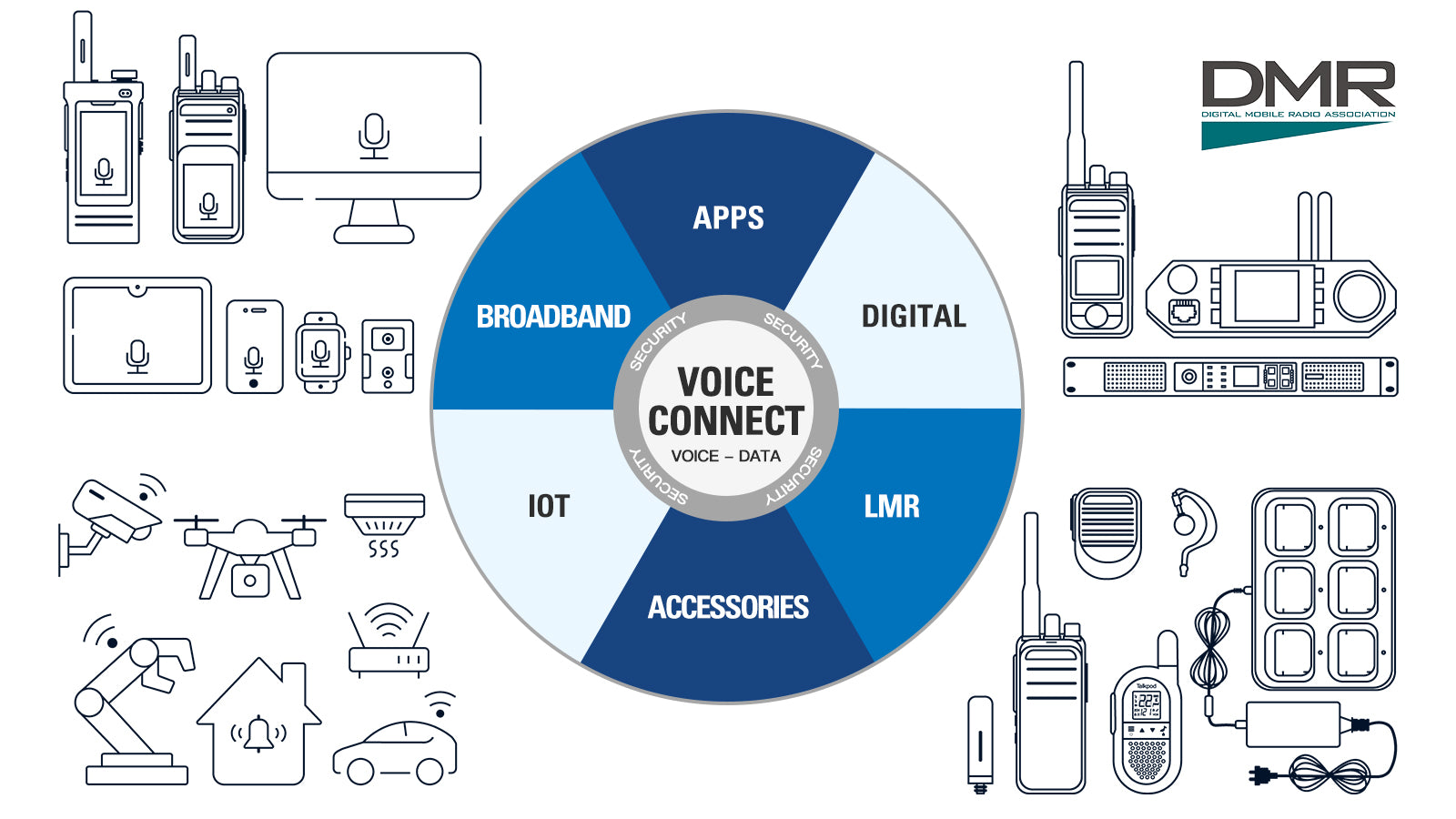
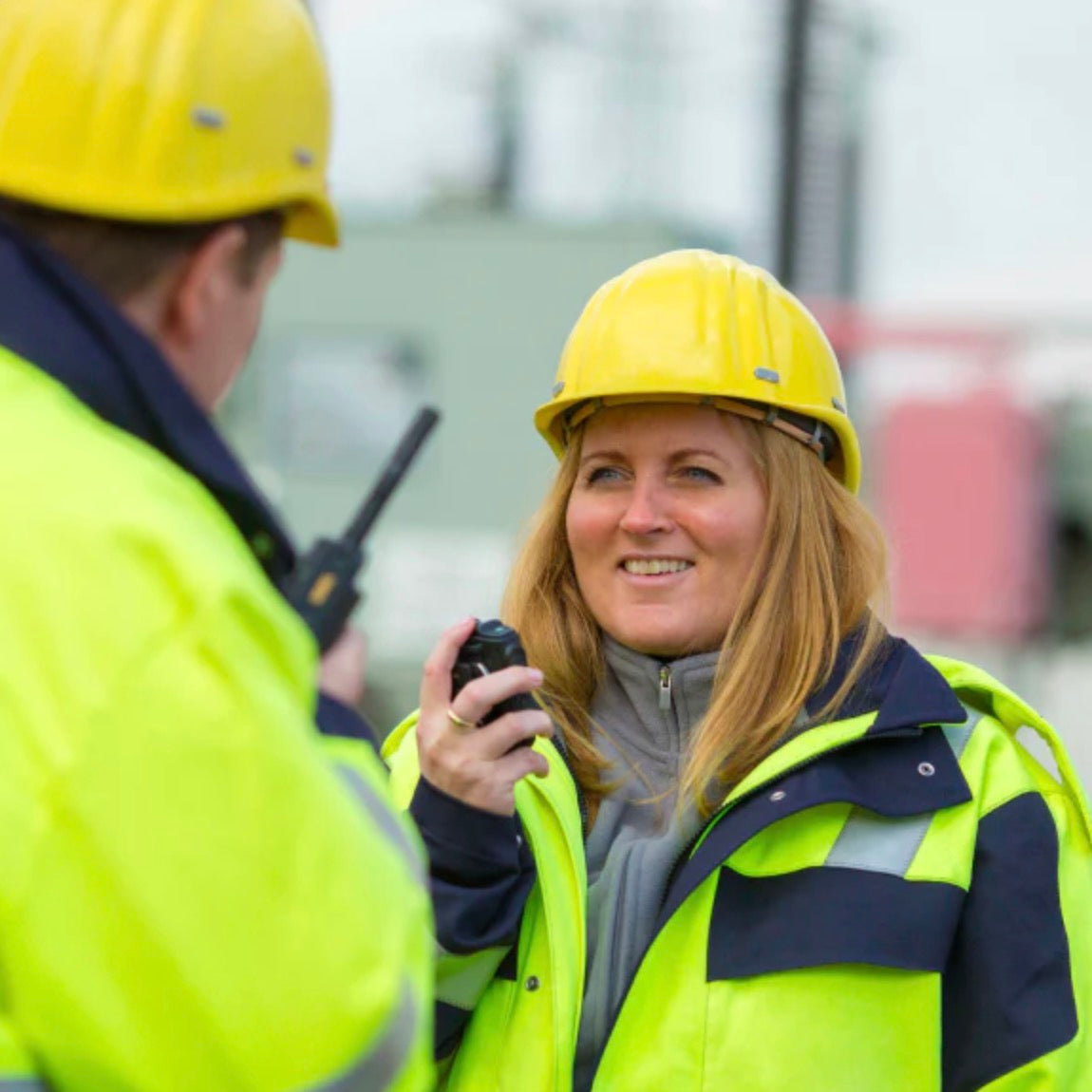

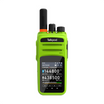
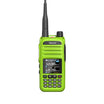
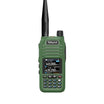
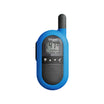


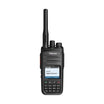
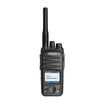
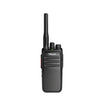
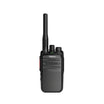
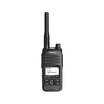
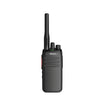
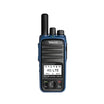
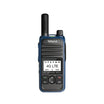
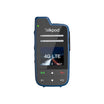
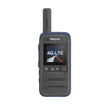
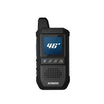
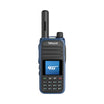
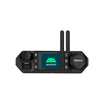
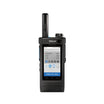
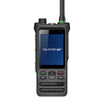


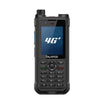
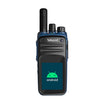
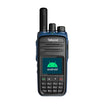
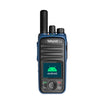
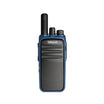
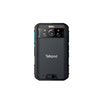
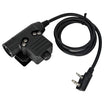

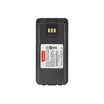
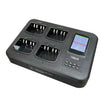
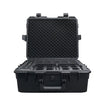




Leave a comment
All comments are moderated before being published.
This site is protected by hCaptcha and the hCaptcha Privacy Policy and Terms of Service apply.